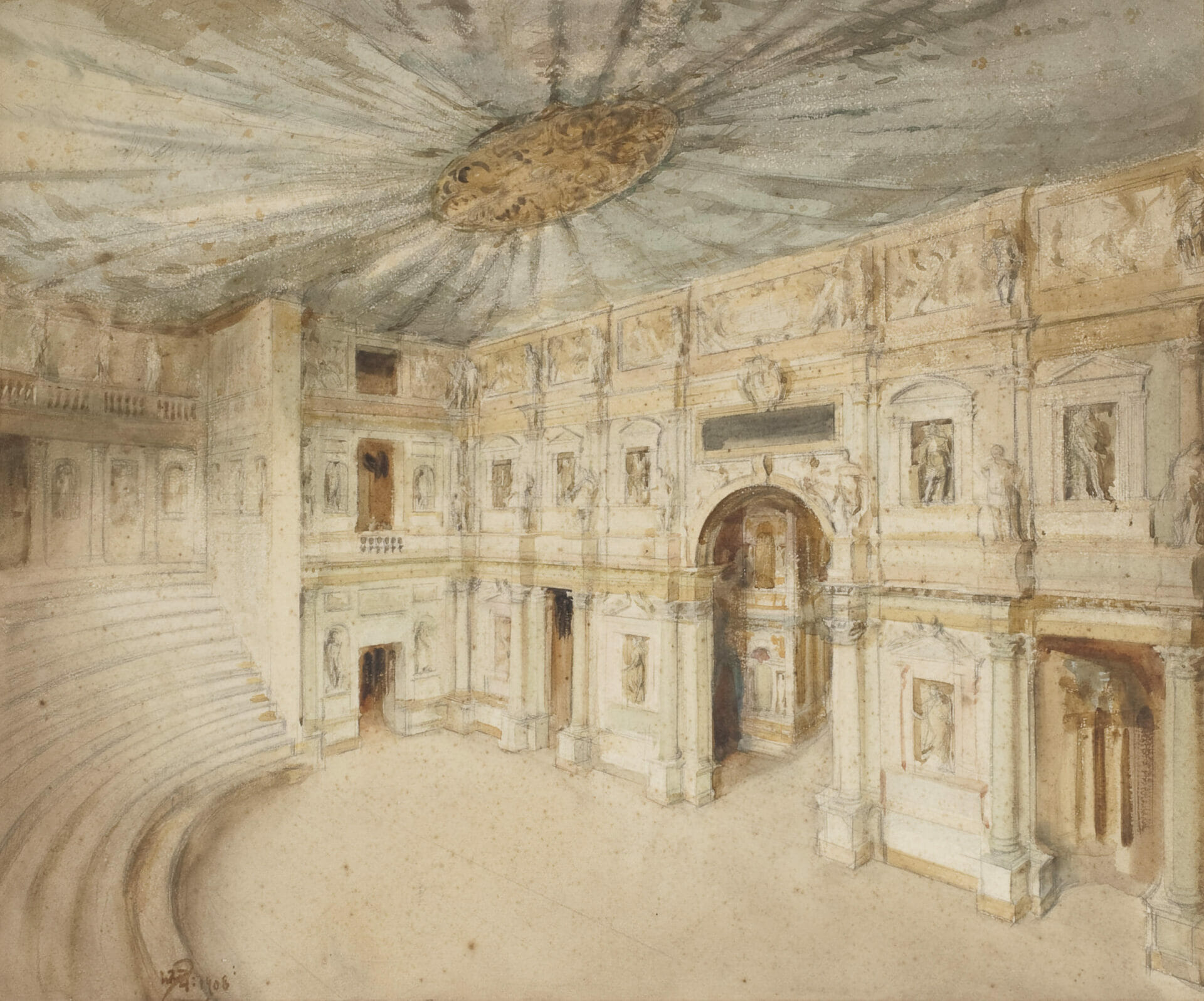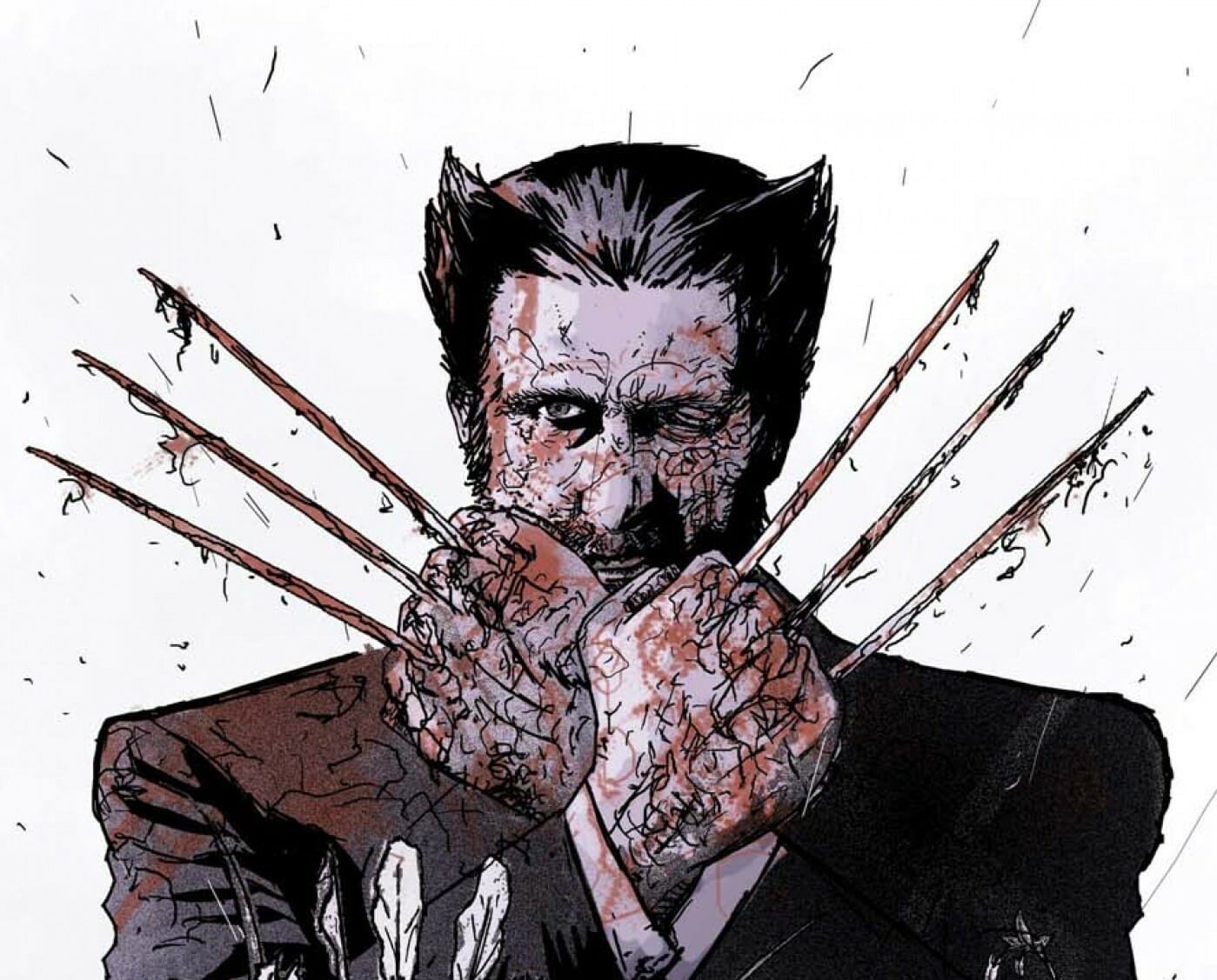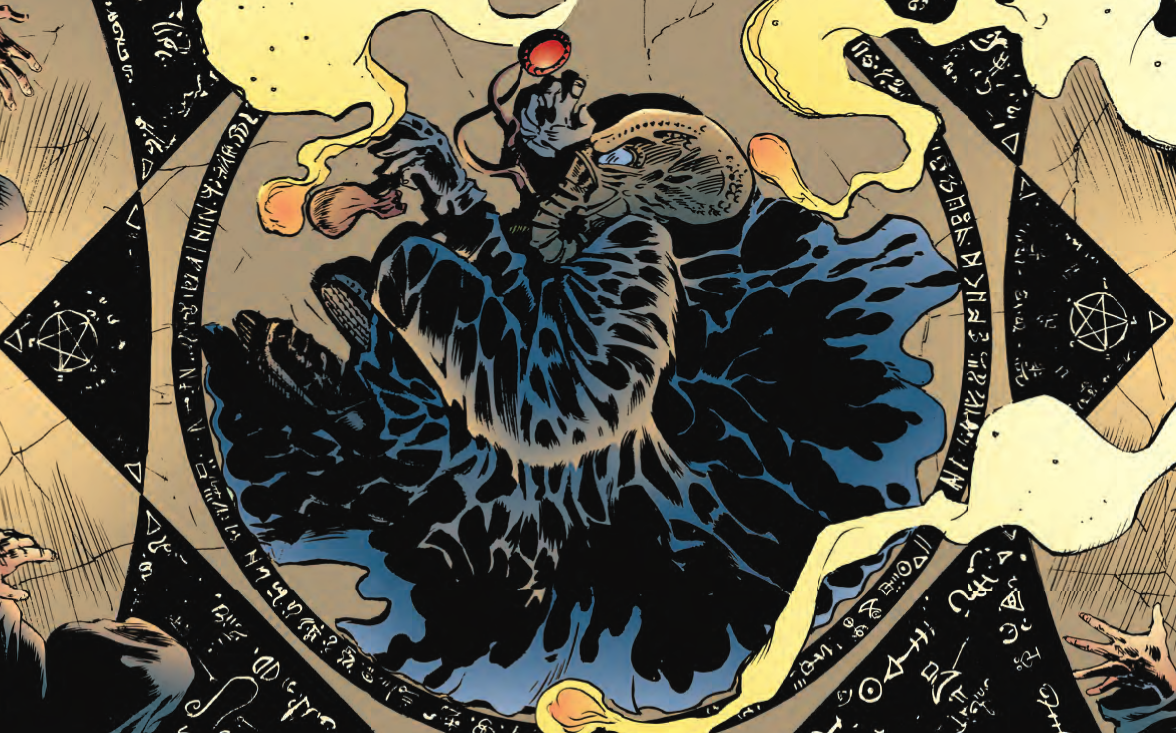
The importance of stories in The Sandman
Author
Year
Format
The Sandman is a story about stories. Begun in 1989 and finished in 1996, it is one of British author Neil Gaiman’s very first works. Nevertheless, it already contains most of his beloved themes like the importance of stories and archetypes (American Gods) or the absurdity of the struggle between Heaven and Hell (Good Omens). Like other authors of the so-called British Invasion (Alan Moore, Grant Morrison, just to mention the most famous ones) the voice of Gaiman stands out for the complex narratives and the lyrical language. The Sandman is a tribute to storytelling and gives a new voice to old myths and legends.
Classicism meets the post-modern
The main characters, the Eternals, are abstract ideas incarnated in human-like bodies and flawed as much as mankind. The author represents them by mixing classical features with modern traits, frequently reversing common stereotypes. Dream or Sandman, the protagonist, is the embodiment of dreams and also the Morpheus of Greek mythology. And yet, he is all but dreamy, as he is depicted as an arrogant, earnest guy who often inspires fear. His sister Death, instead, is a gracious lady, always cheerful. She even visits every person at the moment of their birth. A stark contrast to the banality of the Grim Reaper. After all, why not? Why can’t Death try to be as least scary as possible? To be a companion who guides souls on their scariest journey?
The other members of this dysfunctional family – Destiny, Destruction, Delirium, and the twins Desire and Despair – are just as peculiar. Delirium, for example, is a dazed little girl who constantly changes her appearance and speaks using disconnected phrases that, despite everything, conceal a wisdom of their own. Destruction, on the other hand, is a self-styled artist with many creative ambitions, completely misplaced according to his dog Barnabas, and a counterpoint to the principle he represents.
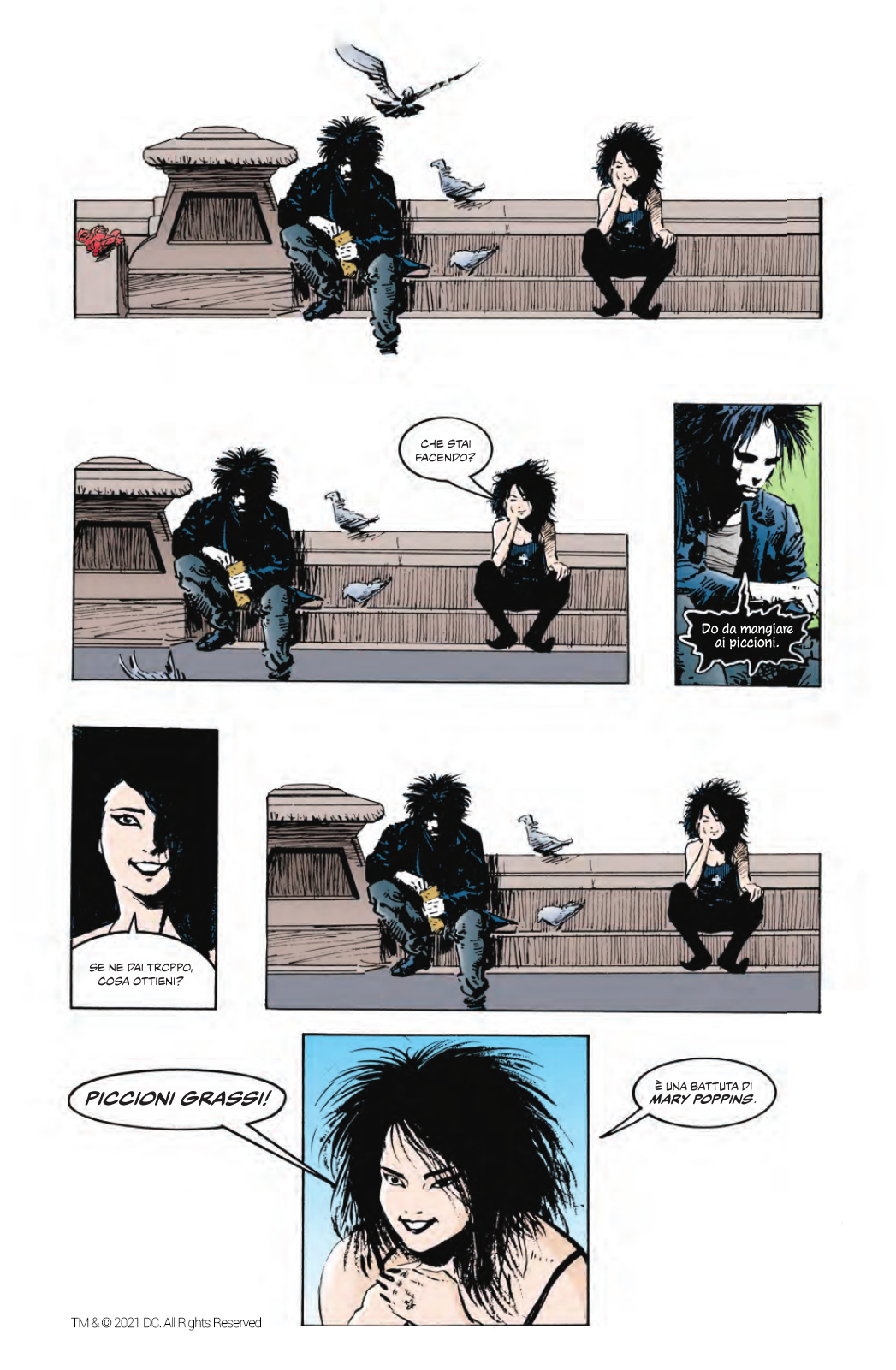
TM & © 2020 DC. All rights reserved.
The story plays with revisiting what is part of the past from a contemporary perspective. The reader will find Calliope locked in the closet of a writer who takes advantage of her sexually, for inspiration. Lucifer who, tired of being a pawn in God’s game, renounces his kingdom to open a club in Los Angeles. A premise that will inspire the Lucifer comic and the famous TV series.
Sandman and the value of telling stories
According to Gaiman, storytelling is a powerful instrument, almost like magic some people are able to cast. Throughout The Sandman, the reader will find numbers of characters charming others in the act of telling a story. Using lots of different narrators, the author plays with genres and citations. An old Swahili voice tells the legend of Morpheus’ first love during a rite of passage. A sultan tells of when he met the god of dreams in a chapter that seems to come out of One Thousand and One Nights. Even a cat has her own story, which she shares with her companions traveling around the world.
But Gaiman’s usage of literary and mythological references probably finds its apexes in the World’s End arc. A Chaucerian story where various travelers struck by a storm find themselves seeking asylum at a strange inn. Inside there, the reader will meet very different creatures: centaurs, fairies, and the living dead. Each of them is allowed to rest, eat and drink. In return, they just have to tell a story. As Stephen King says in his introduction to the volume:
It is a classic format, but in several of them, there are stories within the stories. Like eggs within eggs, or, more properly, nested Chinese boxes.
Fables among us
Stories, fables, and mythologies mix in the story and become a visual proof of the Jungian concept of archetype. For example, the Moirae, the gods who intertwined the threads of mortal lives, merges with the Eumenides and the witches of William Shakespeare’s Macbeth.
The Bard of Stratford-upon-Avon himself will have to deal with the protagonist. In fact, it will be discovered that it was Dream that gave Shakespeare the inspiration. Commissioning him in exchange for two works: The Tempest and, of course, A Midsummer Night’s Dream. Work that the playwright finds himself representing in front of the “real” Puck, Oberon, Titania, and all the fairies. The result is an exquisitely Shakespearean game of mirrors, in which fiction merges with reality.
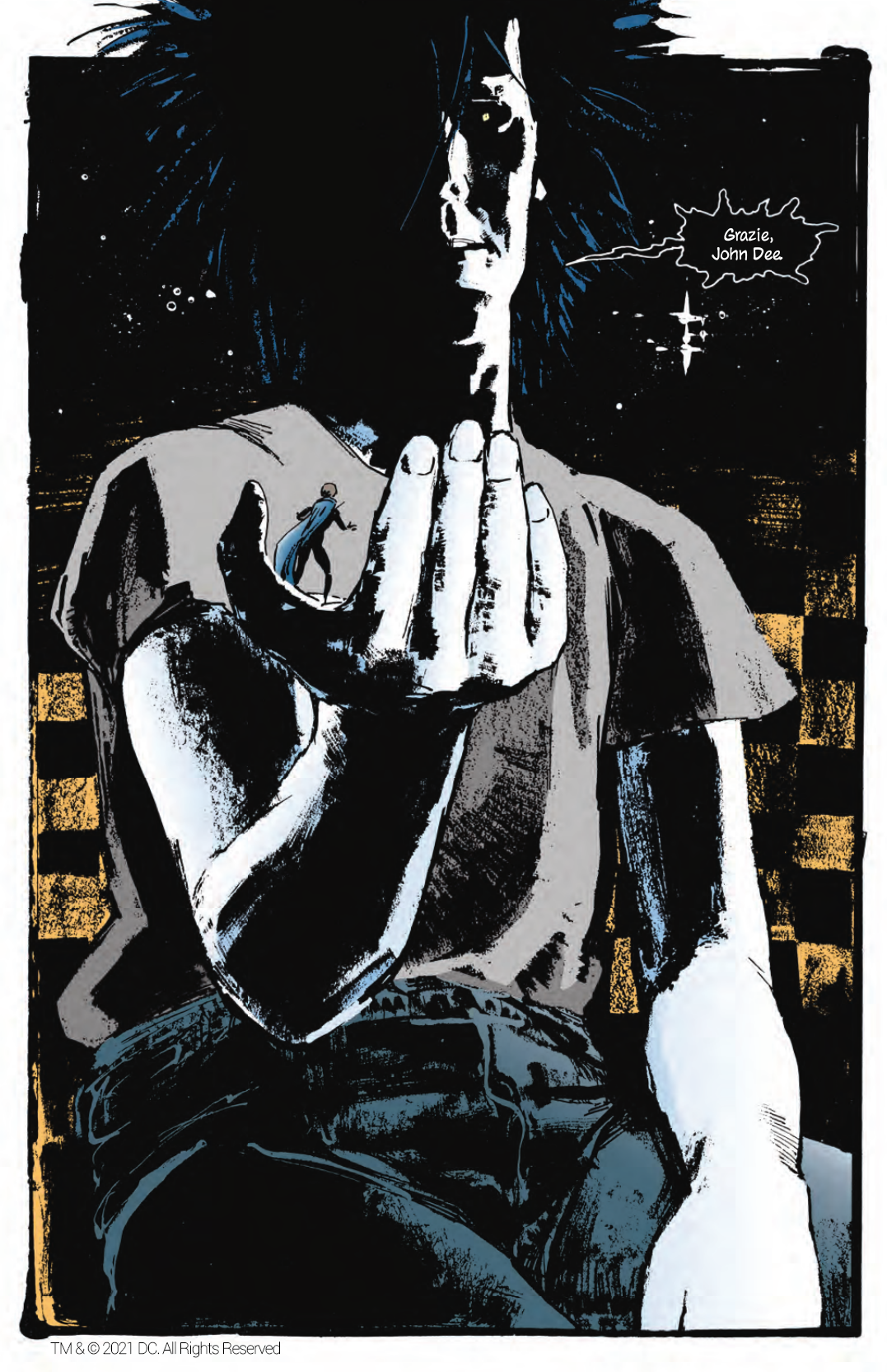
TM & © 2020 DC. All rights reserved.
In a seemingly endless tangle of tales, branching out from everywhere, The Sandman makes the reader understand the importance of stories, dreams, and dreamers. Because without someone who can imagine that things are different, all that remains is an unchangeable reality.
Seventeen years after the conclusion, Neil Gaiman returned to this world with the prequel/sequel The Sandman: Overture. In 2020 Audible produced an audiobook adaptation and Netflix, in 2022, released the first season of a live-action adaptation of the comic book, which met with public approval.
Tag
Buy a ☕ for Hypercritic








